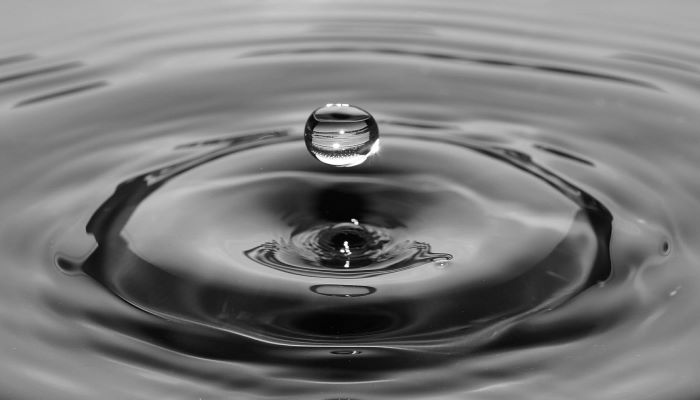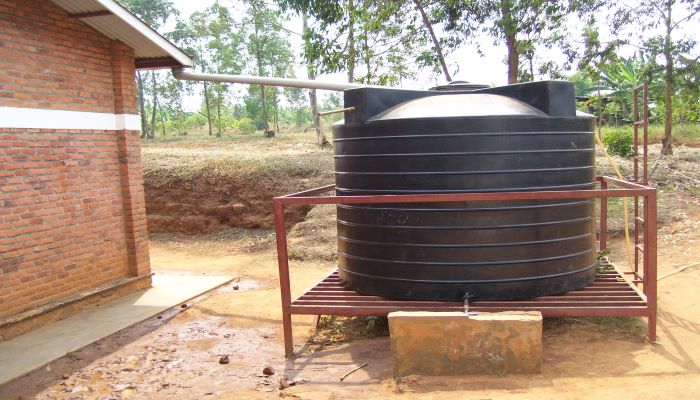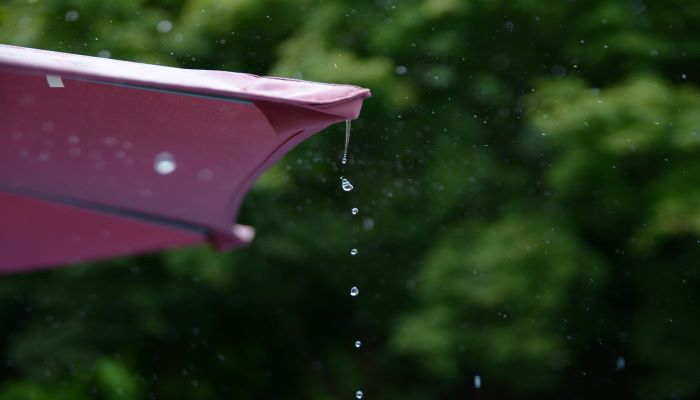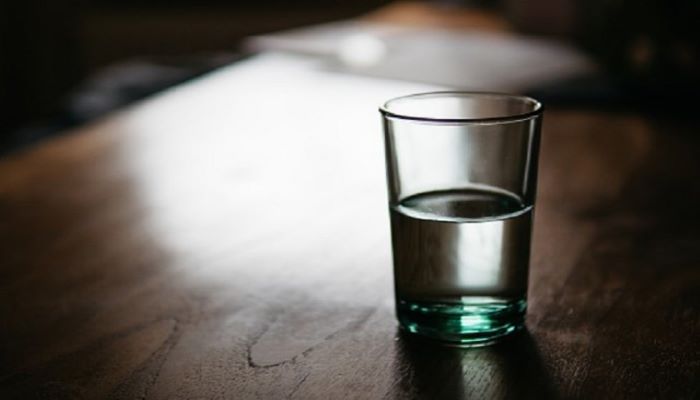India is at the top of many notorious lists globally. It ranks 13th globally for overall Water Stress Index (denoting high level of baseline water stress). A more alarming fact than this statistic is that India’s population is thrice more than the other countries listed on the chart. So the efforts to combat the water deficit would require thrice the boost from the government as well as the citizens.
The Water Project data states that children in 100 million homes in the country lack water.
In urban areas, citizens suffer water scarcity throughout the year, especially in summer, due to lack of proper distribution and freshwater deficit.
The government’s Jal Shakti initiative aims to provide piped water to all households by 2024, while Urban Local Bodies struggle to reform their current water governance.
In the meantime, the only way to tackle this water crisis is to be careful with its usage and conservation.
In 2019, a housing society in Bangalore reduced their Rs 16 lakh water bill by 52%, while a housing complex in Chennai recycled 45,000 litres of sewage for gardening and cleaning.
Eco-conscious citizens across India have taken upon themselves the responsibility of water conservation while showing others how to save water in the most effective way.
Find out below some of their go-to water conservation methods
1.Water Efficient Plumbing Fixtures-A surefire way to make sure you save water during daily chores are water-saving fixtures that can be retrofitted in your current bathrooms and kitchen. For instance, low-flow faucets can be installed with aerators or flow restrictors that can cut down water usage from 2.5 gpm (gallons per minute) to 1.5 gpm. Low flow showerheads should not allow more than 2.5 gpm water flow. Toilets make up 30% of total water usage in a household. Low flush toilets (or high efficiency toilets) use gravity or pressure based systems in order to use as low as 1 gpf (gallons per flush) as opposed to standard 1.6 gpf. Some people also install water saving toilet kits in their existing toilets.
2.Insulated piping- Residents waste water when waiting for hot water through the taps. Insulating pipes and water tanks is part of the government’s Energy Conservation Building Code that was launched in 2007. It saves water while also saving electricity.
3.Smart cleaning equipment- Get rid of the old school mop and bucket and invest in water saving floor cleaning machines, if not for individual homes, at least for cleaning and maintaining common areas like lobbies, reception, staircases. Commercial floor scrubbers with water saving technology can save 50% of water needed to clean large common areas of residential buildings. Alternately, modify existing cleaning equipment with aerated spray nozzles, timer operated shut off valves, flow restrictors in water lines.
4.Dual piping system- With this water conservation method, two independent piping lines are installed, one that supplies potable water and the other that supplies reclaimed water (seawater/greywater) which cannot be consumed but can be used for toilet flushing, car wash, etc. Reclaimed water is treated before it is supplied.
5.High efficiency (HE) appliances- Low water washing machines claim to cut down your annual laundry water usage by 30 to 40%, using only 18-25 gallons per load as opposed to regular ones that use about 50 gallons. Also always use HE laundry detergents in HE machines. Unbeknownst to many people, doing dishes by hand uses more water (approximately 3.5 times more) than a dishwasher; even better if you use an energy star dishwasher with air dry option and a soil sensor.
6. Smart water meter- Install smart water meters for your building in order to track water consumption patterns of each home. Compare water usage of multiple inlets in real time and build a healthy competitive spirit among residents, encouraging and applauding those with lowest consumption. It has been estimated that societies can save up to 35% with water meters.
7. Rainwater harvesting- It’s no secret that groundwater in cities is depleting due to concrete sprawl and it doesn’t make practical sense to pay huge amounts of money for water tankers every month when rainwater harvesting can be done on rooftops. Water from rooftop catchment is then directed through pipes to be filtered and then stored in basement storage tanks. Depending on the size, installation can cost anywhere between Rs 1 lakh to Rs 5 lakh.
8. Sewage treatment- Many residential buildings in India already have their own sewage treatment plant (STP). If your society gets together and invests in one, it would mean recycled water 365 days a year and zero water scarcity. You’d have to get a consent for operation from your municipal corporation, employ qualified staff for standard operating protocol so that the STP can operate efficiently. However, invest in an eco-friendly STP that doesn’t require diesel to operate and functions on anaerobic method, requiring low energy and mimicking natural processes. One-time investment in an STP can cost up to Rs 14 lakh but since it’s self sustaining, the ROI is excellent. Another option is to invest in an Omni Processor that is already made on self sustainable principles and produces electricity as well as potable water. This investment not only solves the water/electricity crisis, but also reduces the amount of raw sewage being dumped into rivers and lakes, which helps in preventing diseases and protects the environment.
9. Greywater recycling- Reuse at least 50% of daily water with this conservation technique. Attach a diverter pipe with a valve to your existing piping of kitchen/ bathroom sinks, laundry and shower. All greywater runs into a tank with a submersible pump that runs the water into a tank to be reused for toilet flushing after being cleaned with cleaning agents. Alternately, connect pipes to greywater drains and let them flow into flower beds and gardens which also help groundwater recharging. You can store all your greywater in a large tank and install a purifier to repurpose all the water for various cleaning applications as well.
10. Green landscaping- Your society’s garden does not require fresh water throughout the summer if you combine a number of water conservation techniques diligently. To begin with, try Xeriscaping your garden which involves growing low water consuming shrubs and plants which can be an alternative to high maintenance lawns that consume too much water. You can reuse greywater to water plants manually even if drain pipes from homes don’t run straight to the garden. Instead of ornamental, exotic, high value plants and flowers, grow native plants and local wildflowers that adapt to the regional climate in every season and consume less water. Remove the underground sprinkler system and try a drip irrigation system along the garden border to slowly feed the plants with required water. Create a rock garden instead of maintaining a traditional lawn turf. Do away with garden hoses and switch to manual watering. Place mulch around your plants to stop water evaporation by 50%.
Pro tips to save water this summer (and throughout the year)
- Shorten your showers at least by 5 minutes.
- Alternately, prefill one or two buckets and use only that amount to take a shower.
- Use your dishwasher and washing machines for full loads only.
- Don’t let the water run through the tap while brushing your teeth, washing hands and face.
- Opt for eco car wash (waterless car wash or high pressure steam cleaning) instead of using pipes in the parking lot.
- Regularly check taps, showers, water fixtures for leakages.
- Educate the help, service and maintenance staff in your home as well as the building to be vigilant while using water for cleaning purposes.
- Instruct children to not waste water when in the toilet or while taking showers.
- If you have plants in your balcony, water them during morning or evening for increased water retention.
- Build temporary soil mounds and slopes with native plants in your garden to retain water.
- Use micro sprinklers for your lawn (if you choose to keep the lawn).
-My Gate



